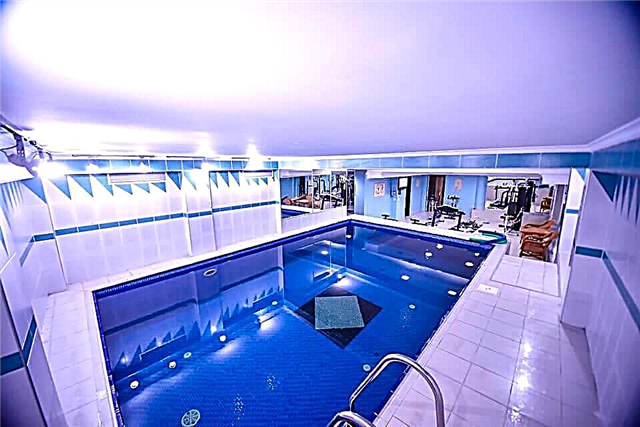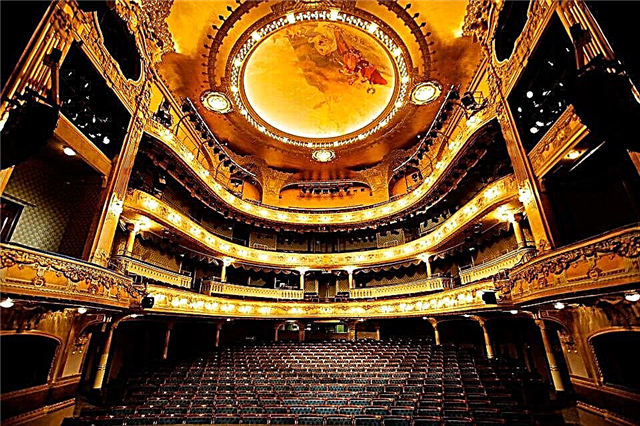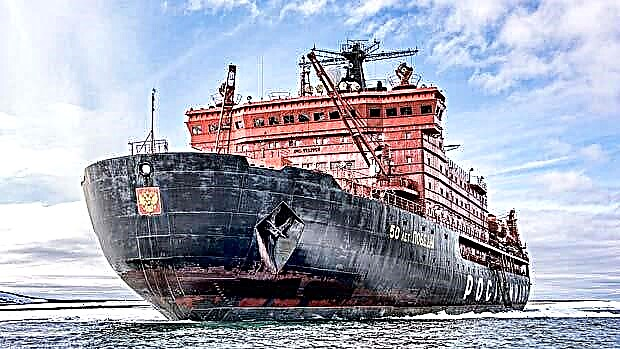The Arctic is a mysterious part of the world, which amazes not with its bright local color, but with the atmosphere itself, which fetters endless expanses with a heavy blanket of snow. And therefore, the relevance of tours to the Arctic is not surprising, because such trips are guaranteed to allow you to plunge into the world of "harsh" adventures in conditions of almost complete isolation from the civilized world, which they have already managed to outline and explore.
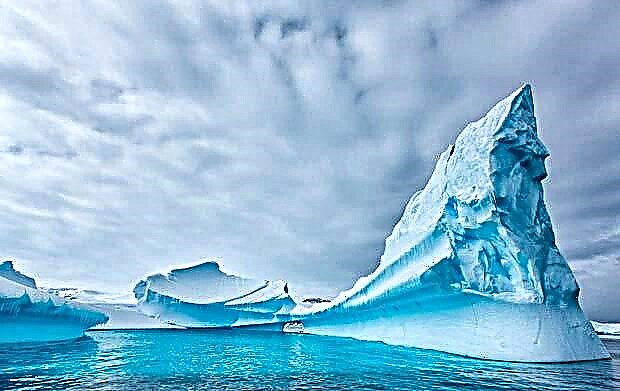
Such cruises, including cruises to the Arctic from Russia, allow not only to feel the ship's version of life or to enjoy the isolation of the natural world, but also to get to know better some of the unique in nature settlements that are on the route.
Many are also pleased with the opportunity to personally taste the so-called polar cuisine, which is rightfully considered unusual, but, nevertheless, really healthy and satisfying. Served dishes are baked in ash, dried over a fire or dried. Perhaps not everyone will like this food option, however, the polar cuisine is worth trying it at least once.
Travel to the North Pole on the icebreaker "50 Let Pobedy"
Cruise itinerary
Murmansk is the starting point of this cruise. Located among the gray rocks of the Kola Bay and the cold overflows of the Barents Sea, Murmansk has the status of one of the largest port-type cities in Russia. Despite its more than remote location - beyond the Arctic Circle - there is a fairly developed infrastructure, handfuls of lights and sights. Here - in the Kola Strait - the icebreaker "50 Let Pobedy", one of the largest "atomic" creations of the Baltic Shipyard, awaits passengers. Boarding ends the first day of the trip.
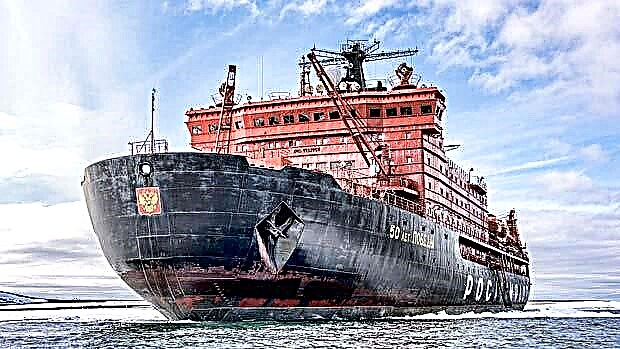
The next two days - provided the situation is favorable - are spent in the waters of the Barents Sea, which is surrounded by a wall by the land borders of Norway and Russia. Guests of the icebreaker will have the opportunity to observe seascapes, learn a little more about the work of the icebreaker, and get acquainted with its mechanical indicators. There will also be briefings. Perhaps the part concerning the safety rules directly will not interest anyone, but the prospect of participating in a helicopter rescue operation is usually met with great excitement.
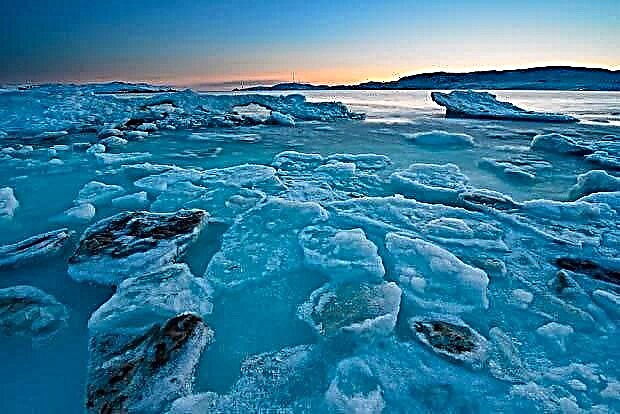
Only when they find themselves in the waters of the Arctic Ocean, the guests of the icebreaker begin to understand the full power of the ship on board which they are on. The very sight of the Arctic ice breaking under the onslaught of an icebreaker with a crackle leaves a strong impression. A special bonus is the opportunity to watch this picture from the air, plunging into the arctic sky in the helicopter cockpit. It is impossible to say exactly how long this boat trip will take, since the situation at sea is too changeable. This element of improvisation brings a touch of dangerous anticipation to the journey.
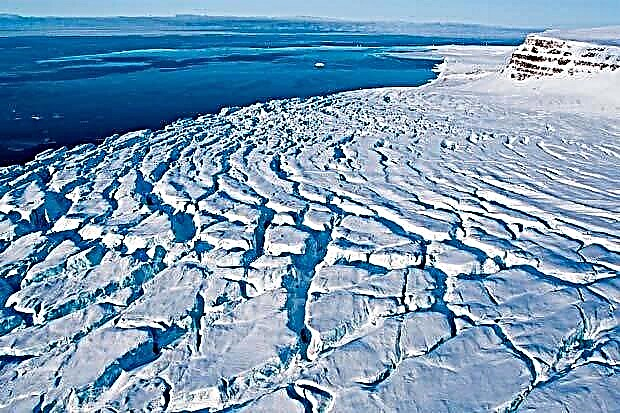
One way or another, but the goal of the voyage will be achieved - the North Pole, a place where all the meridians converge at one point, a place that does not officially belong to any country in the world. As a rule, the sixth day of the journey takes place in such scenery - an excursion to the North Pole, an unusual rather polar picnic, for those who love tempering and extreme sports - the opportunity to swim in local waters. Most of the tour participants also use another option - the so-called call to a friend from the North Pole, which becomes possible thanks to the availability of satellite communications.
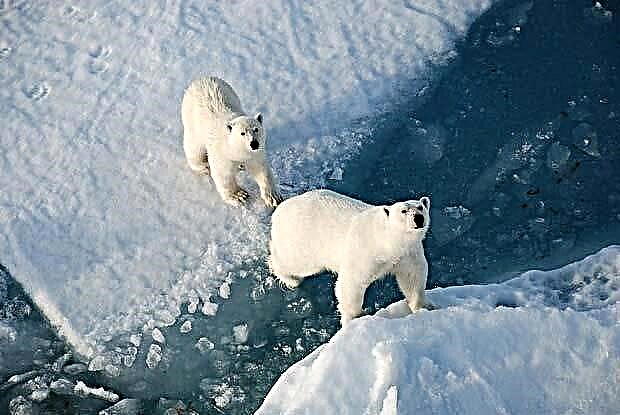
The journey continues again through the waters of the Barents Sea, but this time the purpose of the voyage is slightly shifted - the course to the land of Franz Josef. This archipelago is still insufficiently explored, however, a number of stations are located on it, including a meteorological one. But it's worth a look here not for the frozen explorers, but for the permanent residents of the archipelago. The icebreaker will enter Tikhaya Bay on the ninth day of the journey. The bay offers an impressive view of the Rubini Rock, which has long been transformed into something like a “floor” house for polar birds. But these are not the only inhabitants of the archipelago.
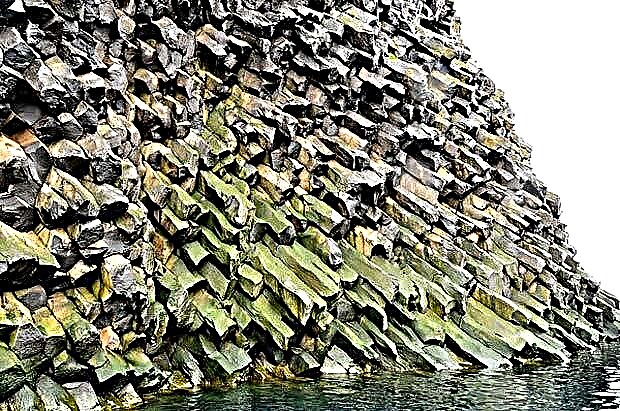
On the land of Franz Josef, walruses, which look really impressive, and polar bears coexist quite comfortably. Moreover, the latter, having become accustomed to the presence of regular guests on the archipelago, often come very close to the side of the ship. All that remains is to seize the opportunity and take another series of impressive shots. But not all views of this archipelago are equally inspiring - an abandoned research station among aloof glaciers makes a depressing impression.

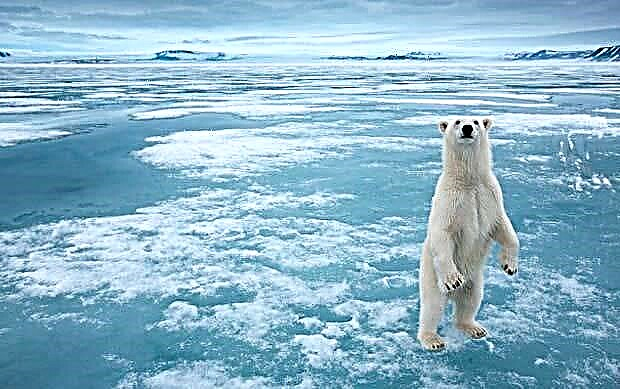
And then - a return to the stronghold. Two days end with the Barents Sea in Murmansk. The twelve-day voyage ends with a transfer to the airport immediately after the icebreaker lands in the bay.
What is included in the tour price
Personal insurance, which includes the risks of repatriation and emergency evacuation.
Transfer from and to the airport on the way back.
Group excursion programs (including when going ashore), helicopter tours, guide services.
Accommodation and meals on board (including a snack bar and coffee), drinking water available 24 hours a day.
Lecture material of Russian and foreign naturalists and researchers.
Materials containing information about Antarctica, as well as diaries and expeditionary notes of travelers, photographic materials (materials are provided in Russian).
Hire of expeditionary jackets, as well as rubber boots, which can be useful when going ashore.
Bathrobe and hairdryer in the cabins.
Technical expenses incurred during the cruise.
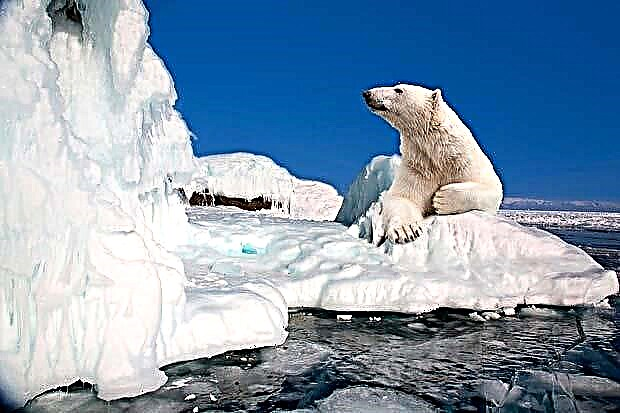
What is not included in the tour price
- Luggage insurance and travel cancellation insurance, which can be additionally taken out
- Flight to Murmansk and from Murmansk to other settlements
- Registration of visas and passports required for foreign citizens
- Meals while on the shore, expenses for separate accommodation at the hotel
- Surcharge for baggage weight if exceeded
- Bar
- Cellular payment
- Tipping (at the discretion of the icebreaker passengers)
What to take with you on a cruise
The package of things for a cruise to the Arctic is always individual, but some general recommendations should be found out in advance.
The most important component of luggage is clothing. It must be selected in accordance with the conditions in which it is to be found. Outerwear should be waterproof and well protected from the wind, as getting wet and cold arctic winds accompany almost any trip in this direction.
Do not fill your suitcase with bulky things that seem warm. The main secret of keeping warm is the layering of the intended set of clothing. So, things can be relatively thin, but it is nevertheless great to maintain a comfortable body temperature. Another advantage of this type of clothing is the ability to quickly adapt to changing temperature conditions by adjusting your suit.
Waterproof pants over regular, fabric pants are also a good idea.
It is also worth taking care of the choice of shoes. As a rule, rubber boots are provided directly on ships, however, it is better to take practical shoes with ribbed soles, which are stable enough and suitable for long walks in not always uniform terrain. Mittens and a hat are a must-have for everyone who is going to go to conquer the Arctic!
Among other things that every traveler should have are sunglasses and sunscreen products. And this is no joke - in an environment where most surfaces reflect sunlight excellently, sun protection is essential.
You can also take some medications with you, but their choice is purely individual. The rest - chargers, flash cards, photographic equipment, and so on - is everyone's personal choice.

